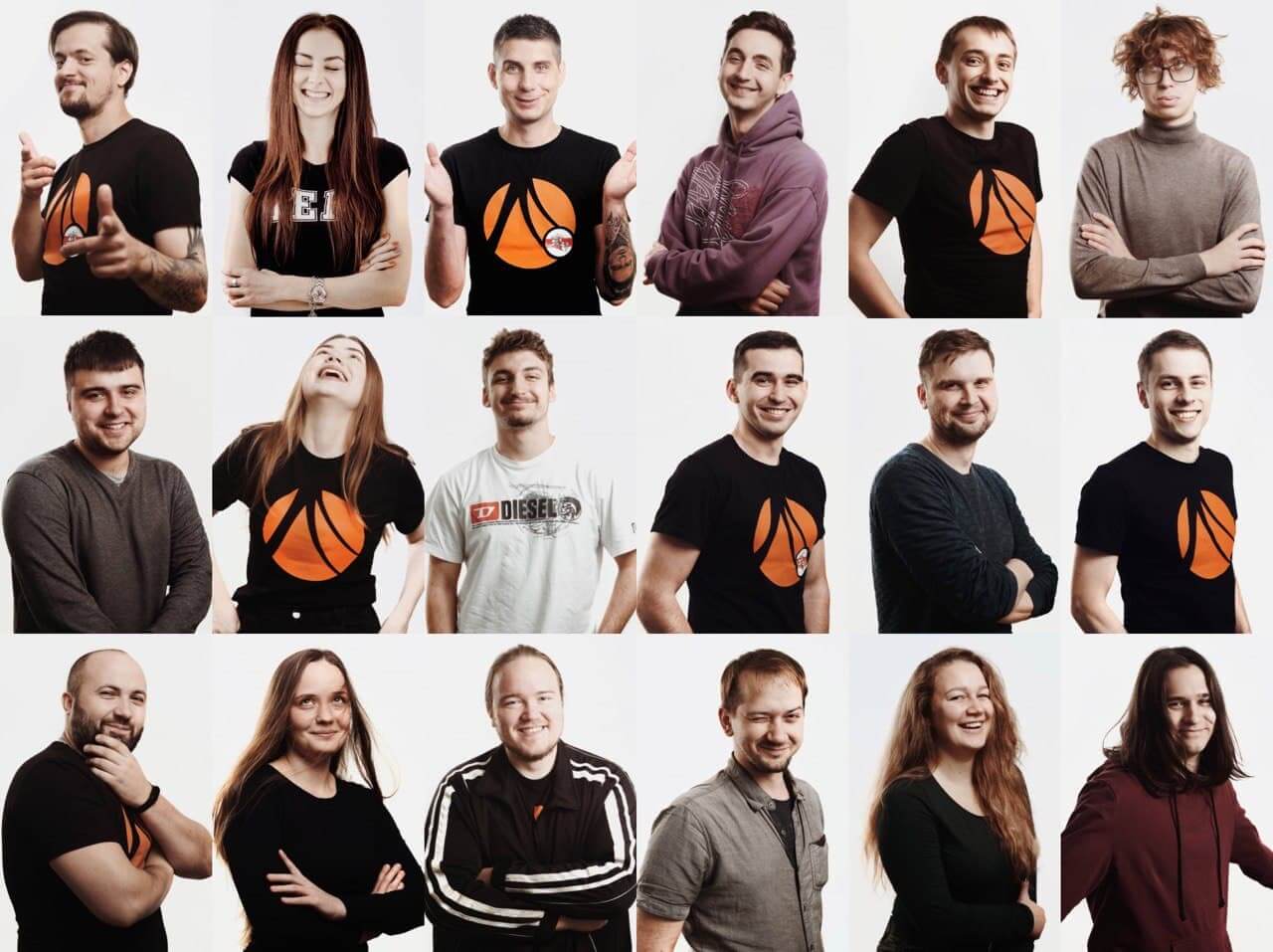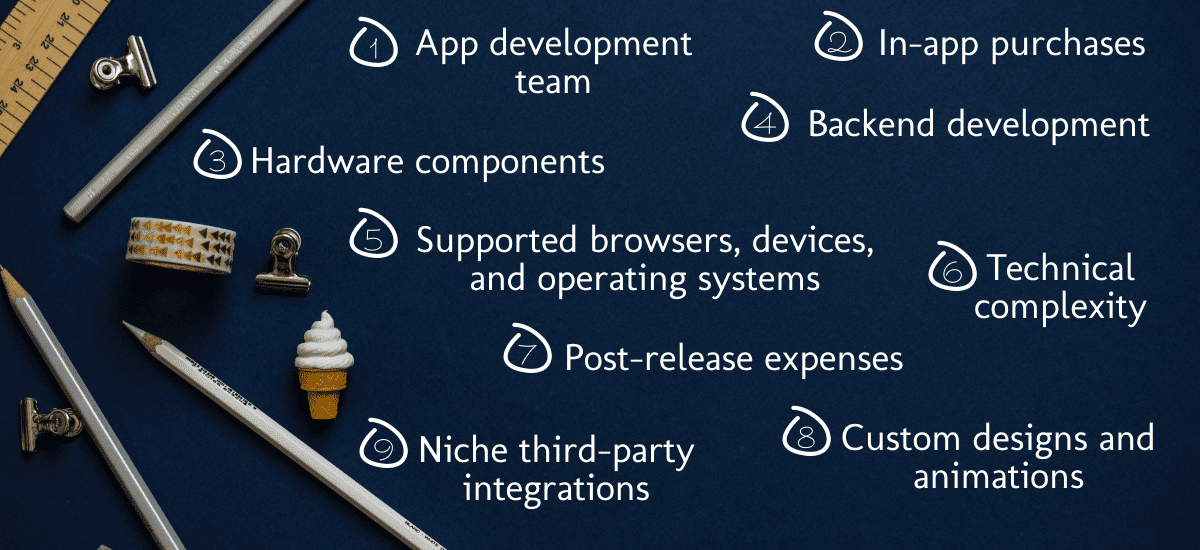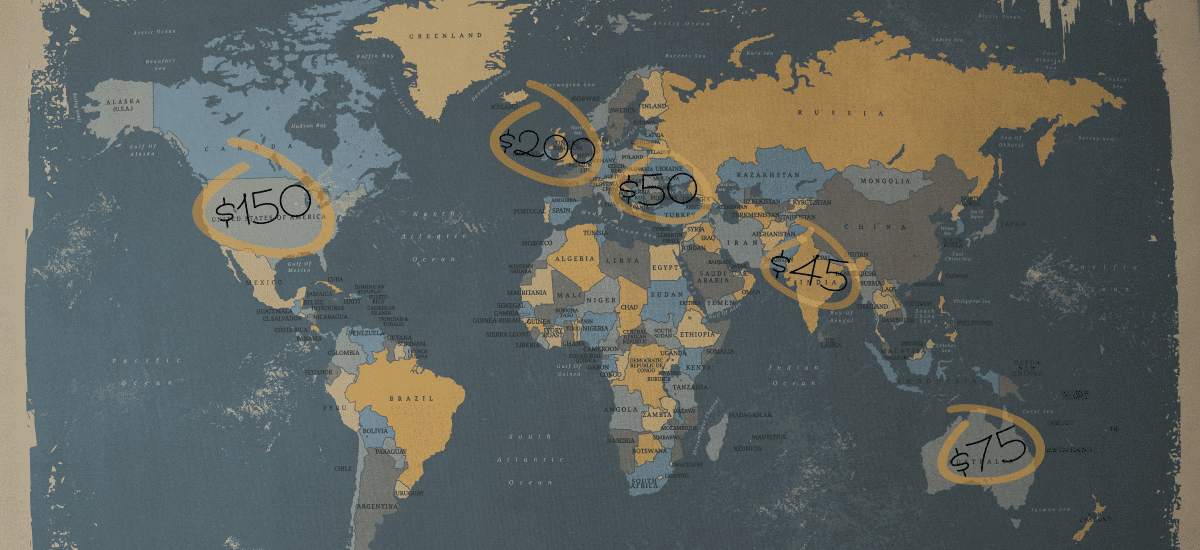Evaluating Your Budget: How Much Does It Cost to Develop an App?

The question all the customers ask is the one, related to the price. To be more specific, the question is “How much it will be to make an app, at least approximately”. Of course, everybody is looking for a high-quality level for a relatively low price while hiring an agency. We do know what we are talking about simply because we develop apps for startups and established companies around the world.
Surely, the price varies a lot depending on different factors, but we will make a humble try to figure out an estimated amount one will have to pay for web software, iOS app, or Android app, etc. However, we will have a closer look at what the owner pays while working with an outsourcing company.
What influences app development cost?
There’s a general idea that the average cost to develop an app depends only on the hourly rate and amount of hours, dedicated to this or that task to be closed. But it is far from the truth. There are a lot of factors, among which we should not forget about the product complexity, finding the professionals for each task. Here we would include even post-release support cost.
App development team
Let’s start from the very beginning, the core of any project – the team. It can be basic or extended depending on the project. In any team, there are not just developers but a business analyst (maybe two), a solution architect, a project manager, a QA, and a UI/UX designer. Yes, it’s possible to cut corners and sacrifice some UX, but the UI you will get still has to be the proper one. So in any case UI/UX designer has to be hired, if not full-time, but at least part-time.

Technical complexity
It is one of the most obvious points, increasing the average cost to develop an app. There might be a lot of features to be implemented, for example, some sophisticated filters and additional options, real-time integration, AI-implementation, and so on. When there’s a need to develop something unique from the scratch, development time increases, as well as the requirements for the developers’ qualification and experience. It means that the costs increase as well, and this example is just one out of all the possible ones. Let’s have a look at the other cases and features, increasing the project complexity and total price.
Backend development
If you are about to create a huge cross-platform app with massive data flow for millions of users, the thing which you will need first and foremost is – well-developed backend. It has to provide smooth work under different conditions, withstand loads, and be capable of processing an immense amount of data. Of course, in this case, the development time to build a complex architecture will increase. The cost will increase accordingly. If you think, that’s all, we have news for you. The more complex architecture you need, the more diverse team will be involved.
Niche third-party integrations
Yes, third party integrations can boost development speed. But it comes with some additional complications for the team. For example, in most cases, the documentation is inconsistent or too complicated. It leads to the additional time needed to figure out how to work the integration over. Also do not forget for some fee you will have to pay for using the services. It is especially true for niche integrations.
In-app purchases
Willing to make an app convenient and user-friendly, business-owners try to implement all possible payment methods This approach works nicely, it’s true. But in this case prepare for additional costs to appear simply because you will have to pay for each and any new added payment method - in-app purchases, PayPal, Stripe, Braintree, Google Pay, Apple Pay, etc.
Hardware components
If you think that the only thing worth thinking about is the software itself, consider another point. In case you are about to develop some app, which uses a logging device or something related to the smart home concept, sooner or later you will have to buy hardware for testing purposes. In cases like that there’s a wise idea to add the hardware price to the total amount.
Supported browsers, devices, and operating systems
Developing an app, it is a must to make sure that the latest versions of the browsers are supported and everything works correctly. If this point is omitted or skipped, there’s a high risk to get fewer users than it might have been.
If you are focused on mobile apps, make sure that your product works fine with the latest and the previous versions of iPhone (e.g. iPhone X and XS) and support the latest and previous versions of iOS (e.g. iOS 10 and iOS 11).
Android apps, being much wider used, require more devices in the list. Three key points determine the number and models of devices to be supported:
- The size of the market share for each Android device manufacturer.
- Popular devices in the market and among the target audience.
- Preferences of the client.
The same works for choosing Android operating system versions. At the moment the versions from Android 5 are supported, but it’s up to the client, so he can specify the particular ones to be focused on and support later.
More devices – more time for development, support, and integration. Also, it means more time spent on adapting the app for different screen sizes, resolutions, and hardware specifications. More options – more time spent on testing. It might sound scary, so you can choose to focus on the most popular Android devices. Such an approach allows us to keep the cost relatively the same and avoid dramatic increases.
Obviously, more devices will mean more time spent adapting the application for various screen sizes, resolutions, and hardware specifications. It will also mean more time spent testing. However, if you choose to support only the most popular Android devices, the cost the developing for Android will be essentially the same.
In general, it takes more time to create an Android app because of the market’s being fragmental. In turn, fragmentation leads to higher costs.
Custom designs and animations
Users nowadays have sophisticated taste and demand a lot from the app. One of the ways to give them what they want is to use custom designs. Custom interfaces are more complex, they require a higher skill level to be implemented, so the cost will be higher in comparison with the standard interfaces.
Custom animations are another option to increase the UX level of your app. We are working in this field as well, so in case you need a unique animation, drop us a line and we will see what we can offer.
Post-release expenses
One of the biggest mistakes product owners do is to forget about post-release expenses and support. They consider only the cost of programming itself and in some cases add here basic testing. But the product is growing with time and requires more and more support, as well as additional testing and even development. Add here CS, server maintenance, legal support after all. DO not forget about promoting and marketing expenses. All the pints, mentioned above, can be and has to be included in post-release expenses.
As we mentioned above, in the case of using third-party integrations you will have to pay the fee, and no just once but on an ongoing basis. This also should be kept in mind while evaluating support expenses.
The trick is, support expenses are not included in the initial estimation. It is provided as an additional service by most companies. So when calculating, including in the ability not just development costs, but support expenses as well.

What hourly rate will you pay to build an app around the globe?
There are millions, literally millions of developers, creating great apps. But how they differ? Is it possible at all to pick a good one or it’s just a question of luck? Let’s see. Choosing a developer, pick the one, having experience in the field you are working on, not just the programming experience. It works both for freelancers and agencies and ensures the project will be finished shortly. Still, the only way to check if the company or freelancer has the background you need is to check their portfolio and client reviews, if available.
Working with an extensive company is not the guarantee that the investment will be returned and the app will become a gold mine. The same result can be achieved while working with less expensive programmers because the price is not always the measure of a potential result as far it is influenced by different factors. And, believe you or not, geography is one of the key points.
Have a look at the price map. The picture is the following one and is based on the hourly rates.
- North American companies charge from $100 to $250 per hour.
- Australian ones are less expensive - $50 to $150 per hour.
- For Western Europe and the UK, the rates are around $110 and $300 per hour.
- Eastern European companies offer their services from $25 to $80 per hour.
- Indian ones - $10 to $80 per hour.

When we know the approximate cost, let’s follow along.
How much does a web or mobile app cost?
Talking about the price estimation we have to admit that even the most professional agency can’t tell you out of the blue how much the project will cost. The reason is simple – there’s no price list, allowing to calculate the costs just adding this or that functionality. If you see an ad like that on the web, just pass by – it is one of the most common marketing tricks. As a rule, the agencies have hourly rates and they are pretty flexible.
As it was mentioned, the cost of creating an app is generally and most often based on the number of hours spent by the team. Of course, the more complex functionality and architecture are being developed, the more hours will be spent because there will be much more time needed to implement all the features. The apps can be divided into three groups – simple, middle, and complex ones, so let’s make a try to figure out how much an app of each category may cost. We will consider the hourly rate to be $50 per hour. It is close to the average amount so the estimations will be more or less accurate.
- In the case of simple apps, their functionality is relatively straightforward, there’s no third-party API integration implemented and in some cases, a sophisticated backend structure is not even required. The functionality often includes only standard UI-modules, simple filters, map markers, and so on. It will take around 1000 hours to create such an app from the scratch and the price starts at $30,000.
- Middling complexity. Such apps have custom UI features, real-time chat and payment options, and functionality, APIs, and backend server. Such an app, being the one of average complexity, takes up to 1800 hours and will cost around $50,000.
- If an app includes advanced functionality, it is considered to be a high complexity one. The functionality may include real-time synchronization, custom animations, integrations with third-party services, a complex backend with several types of database relationships, and so on. The timeframe becomes really huge and starts from 2400 hours with a minimum price of $80,000. The apps of this category are dating apps, streaming app, or social networks.
How do we estimate app development cost?
We never send the bill without a prior rough estimation. Let’s make it absolutely clear. Before the bill is sent and we tell you the price, we use a three-stage framework so the actual value of the project can be easily delivered.
- First, the customer has to fill the contact form. After that our engagement manager schedules, a call and they talk to confirm the details, clarify the business goals, app scalability, and possible user stories.
- As soon as these basic requirements are collected, we perform basic business analysis to offer the exact solution to meet all the business goals and fulfill the customer’s needs. Then the estimation goes.
- In the next stage, the results are forwarded to our solution architect. He prepares a report with feedback, suggestions of the app structure, use cases, and some ideas about technical implementation.
- Next, another meeting is scheduled so the team can present the feedback, clarify the details, requirements, and possible issues. The scope is specified during this meeting as well. The scope is the set of features to be implemented to cover the business challenges. And only after that, we prepare a product offer.
- The project offer is presented at the last pre-planning meeting. It includes the number of hours, technologies to be used, application architecture approach. The set of features in the scope.
- In the end, the offer is negotiated so we can find the best possible solution for the client.
When the rough estimate is approved, the team proceeds with the detailed estimate. For that, the requirements for each scope or part of work are identified and documentation is prepared. However, we make wireframes so the client can check and have an idea of how his app will look like.
As a company we provide full-cycle development services, working on developing mobile and web apps. In other words, the price in our estimations covers all the services we provide, even project management
Requirements analysis + Design + Development + Testing & Verification
With each iteration, we make your project better and better until it becomes a successful one. But to launch an app is just the first step of the journey, not the end of it. Only long-term cooperation with the development team can ensure that the app is not just launched, but works fine and is really profitable.